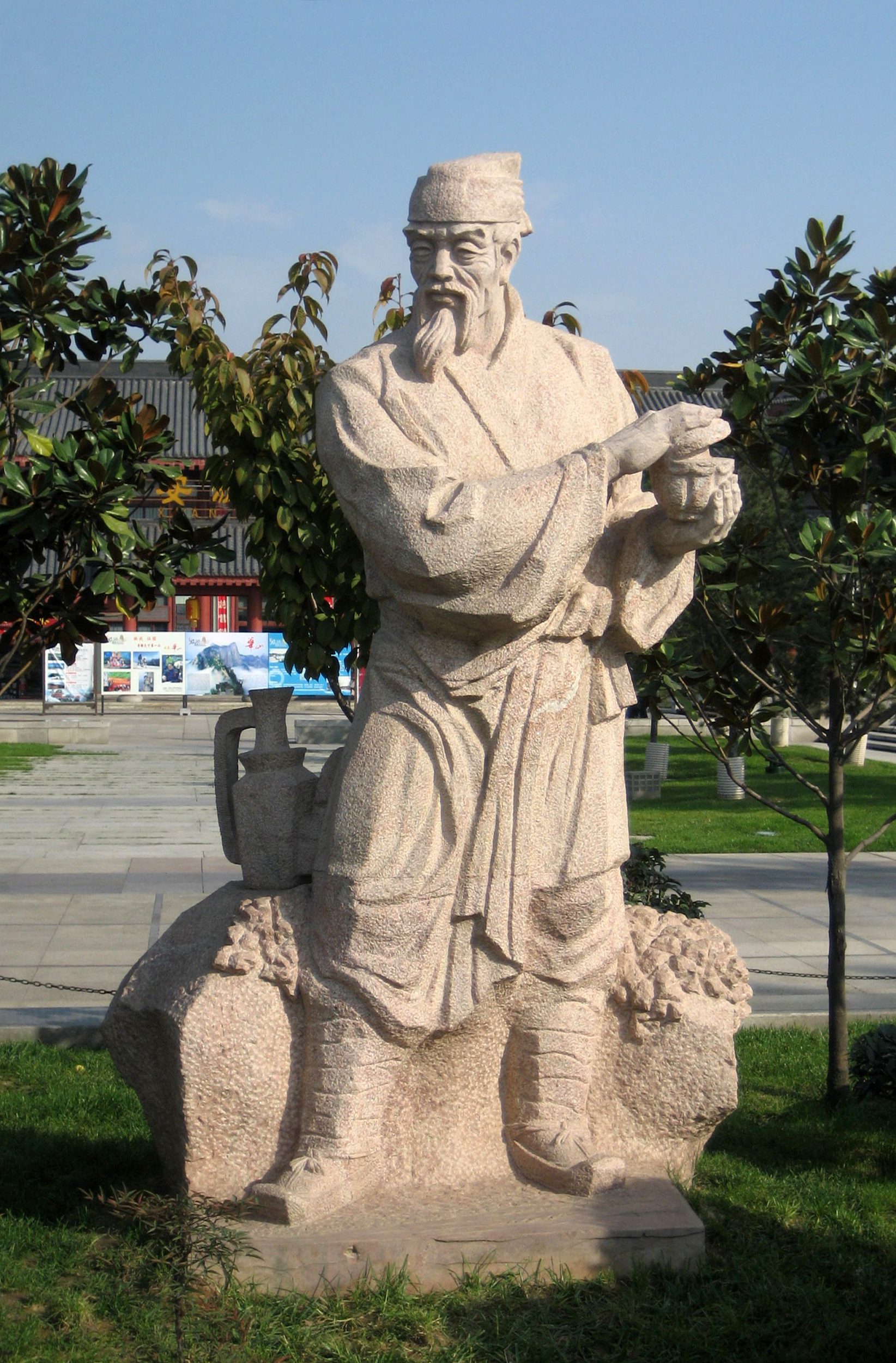A sculputure of Lu Yu, also known as the “Sage of Tea,” is located at Dayan Pogoda, Xi’an, Shaanxi province. (PHOTO:VCG)
By Staff Reporters
China has a sophisticated tea culture. Tea was discovered and consumed for the first time in China several thousand years ago, and drinking tea has become a daily ritual for Chinese.
Over time, a complex tea ceremony has evolved, and when we discuss Chinese tea culture today, we should not overlook an important figure in Chinese history. He is Lu Yu, also known as the “Sage of Tea,” for his contributions to the development of Chinese tea culture.
Though tea drinking originated in Southern China during the middle of the Tang Dynasty, it gradually later began to gain popularity in northern regions, and was a national custom at the time.
According to historical records, Lu was an orphan during the Tang Dynasty who was adopted by a monk in modern-day Tianmen, in central China’s Hubei province. After several decades of investigation into matter relating to tea in different regions, Lu focused on tea research during his later years. His research findings were documented in his renowned masterwork, the Classic of Tea or Cha Jing, which integrates knowledge in diverse fields and lays the foundation for the further development of Chinese tea culture. It is the earliest and most comprehensive monograph on tea culture in China and possibly the world.
In fact, the book is not large in volume and only contains 7000 Chinese characters in the traditional language of the Tang Dynasty, a refined and poetic style of Chinese.
In his book, Lu attempted to present all known information regarding Chinese tea culture. It is separated into three distinct sections. The first section contains three chapters on tea and its production. The second part contains one chapter listing production tools. The final section has six chapters covering topics ranging from tea evaluation to old records.
The seventh chapter, titled Important Tea Events, is perhaps the most historically significant, as it details tea-related events from legendary times to the Tang Dynasty.
The Sage of Tea and His Epoch-making Work
In conclusion, this work examines a range of topics, including tea culture, tea art, tea history, botany, biology, agriculture, medicine, geography, hydrology, pottery, tea farming equipment, and tea production.
The Classic of Tea laid the foundation for Chinese tea evolution by providing a thorough discussion of pivotal issues in tea culture, disseminating scientific knowledge of the tea industry, encouraging the growth of the tea industry, and promoting innovation in tea production.
